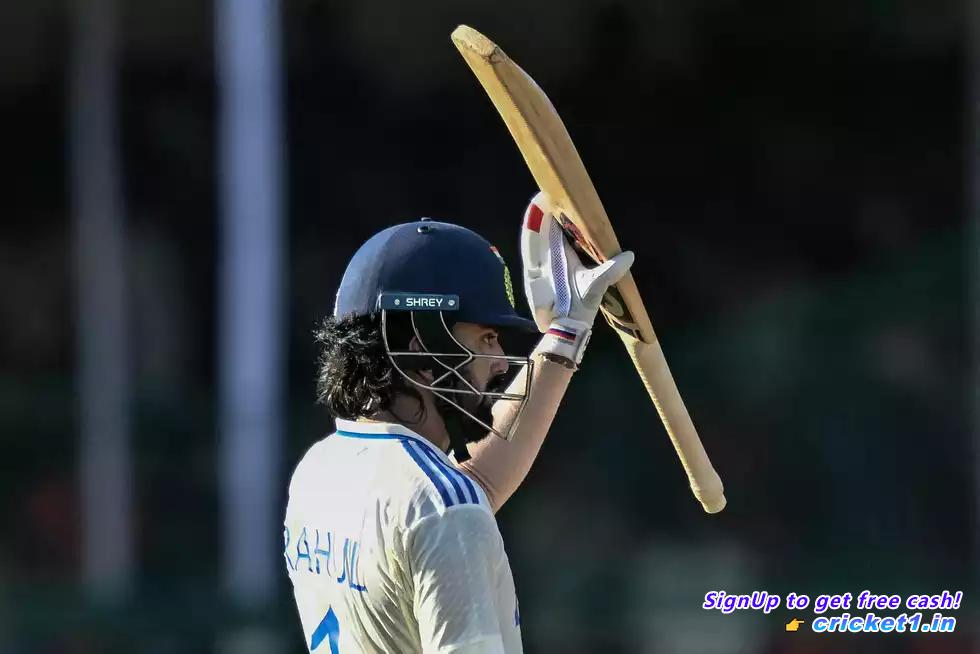
On a sunlit Monday in Kanpur’s Green Park, Team India transformed the ongoing Test match into a remarkable display of resolve and ambition. The clouds that had previously haunted the match gave way to clear skies, offering the Indian squad an opportunity to turn momentum in their favor with two days remaining to carve out a result in this crucial contest.
From the outset of the day’s play, it was evident that India had chosen an offensive strategy, seizing every moment with tactical aggression. In the opening half-hour, India deployed a traditional knocking at the line just outside off-stump, eagerly watched over by a four-man slip cordon. Mohammed Siraj soon switched tactics, delivering a short ball to Mominul Haque, having previously seen bumper shots being effortlessly dispatched to the boundary. Even Rohit Sharma made astute field placement decisions, introducing two short mid-wickets despite the pitch lacking significant excitement in pace or bounce. Bold tactics were recurrent, with players such as Virat Kohli and Ravindra Jadeja employing reverse sweeps against Shakib Al Hasan in the latter stages of the day.
Amongst the 514 balls played, no moment encapsulated India’s aggressive stance more than seeing Rohit Sharma launch a six off Khaled Ahmed, announcing his innings with promise. As Mehidy Hasan later confessed, it took nearly two overs for the Bangladeshi team to comprehend the intent of their Indian counterparts. By then, the die had been cast, with Rohit and Yashasvi Jaiswal already tallying several boundaries.
Records began to fall as India shifted gears. Fastest 50, 100, 150, and even the 200 and 250 milestones were reached within timeframes that defied convention. It was a spectacle not akin to England’s innovative ‘Bazball’ strategy but resembled the frenzied pace of a T20 match within the confines of a Test arena. Instead of England’s brisk 4.57 runs per over, India clocked an impressive 8.22 runs, emphasizing their distinctive approach. In doing so, they neither endeavored to ‘save’ Test cricket nor elevate Green Park’s standing; rather, their aim was to optimize their prospects of reaching a third successive World Test Championship (WTC) final. With rain curtailing play to just 35 overs over the initial three days, resulting in Bangladesh scoring a modest 107 for 3, India’s pursuit of 17 remaining wickets from the opposition before chasing became a battle against time and conditions. Yet, with crucial WTC points at stake, India hit the ground sprinting.
Morne Morkel, India’s bowling coach, acknowledged the team’s aim during the fourth day’s closing remarks. “Our message was clear from this morning—to pursue victory,” he expressed. With two days forfeited, the decision to project assertive intent proved essential, given the remaining extended sessions and ample cricket left.
. Morkel lauded the bowlers’ performance, stating, “If we weren’t taking wickets, we needed to make progress elsewhere. This pressure led to breakthroughs. Our batting intent too was formidable, surprising even the opposition’s bowling unit. It was an integral part of our strategy to push for victory.”
India’s relentless attack sustained from the match’s inception to its conclusion, emphasizing a collective commitment to risk and reward with both bat and ball. Although the separation between the teams was reduced to a mere 52 runs by the innings’ end, India’s decisive action consistently controlled the game’s tempo. Rohit Sharma’s agile field placements, alongside adept manipulation of stumps, invited Bangladesh batters into risky plays. The dismissals of Liton Das and Shakib Al Hasan came in swift succession, though Mominul Haque countered with poise, capitalizing on pulls and sweeps.
In tandem with Mehidy Hasan Miraz, Indian bowlers were temporarily stalled until Jasprit Bumrah interjected with a pivotal spell, disrupting their stand and spurring Bangladesh’s innings to an end. Amidst these plays, Morkel celebrated the fielders’ significant contributions. “In intense heat and adverse conditions, fielders provided indispensable support to the bowlers,” he noted. Both spectacular catches and persevering efforts underlined their role in bolstering bowler morale.
India’s attempts to dictate the match pace were occasionally bolstered by Bangladesh’s errors—including misfields, missed run outs, and review mistakes. A prime instance was their failure to appeal a clear edge by Rohit Sharma in the third over; though Rohit accumulated just four more runs, former captain Virat Kohli capitalized on an additional opportunity, amassing 45 runs following a botched run-out attempt at mere inches from the stumps.
Such slip-ups might have reflected the mounting pressure exerted by India’s strategy, as Indian batsmen continuously pursued boundaries despite the spread field and singles being readily achievable. Heading into the final day, a tantalizing 26 runs and two wickets separate the teams. Despite the contrasting mindsets, Bangladesh faces critical decisions ahead. All-rounder Mehidy Hasan Miraz addressed their disposition: “We need ample time to pursue victory responsibly. Yet safety remains paramount. Our aim is to play extended innings tomorrow, with the option to push for a win depending on the day’s evolution.”
With these unfolding scenarios, the Test in Kanpur remains finely balanced, with either team’s prospects equally viable as the contest edges closer to a thrilling conclusion.

